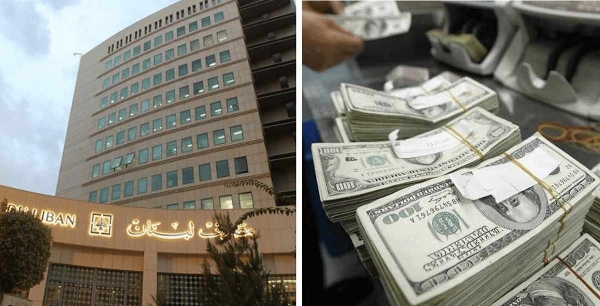The Syrian Economy under the Baath Regime
Between the 1960s and 1980s, the Baath party focused on nationalizing industries and private assets. After the 1967 war, the Syrian government increased its spending on the military. When Hafez al-Assad came to power, this spending increased further. In addition, Assad aimed to enhance health, education and social security services in what was known as his ‘Corrective Movement’. His policies for economic reform did not achieve success however as they were hindered by inefficiency and corruption.
Under Bashar al-Assad, the Baathist regime introduced a number of economic reforms between 2001 and 2010. Private banks were allowed to function from 2001, and interest rates were decreased. The prices of items such as diesel, oil, and agricultural fertilizers and other state subsidized products increased. In 2003 the state allowed the use of foreign currency by the private sector and by 2005 banks were allowed to sell foreign currency to Syrian citizens. The Damascus stock exchange was opened in 2009. During this period, the government looked to attract investment into tourism, services, and natural gas in order to relieve its economy from dependency on agriculture and oil. According to the International Monetary Fund, between 2004 and 2009, Syria showed a growth of about 5% annually. This growth soon started to slow down, however, partly due to the global financial crisis, to 3.2% in 2010.
In 2005, oil exports composed 50% of government revenue. In 2010, this was decreased to about 35%. In 2009, Syria began importing oil, which was partly due to US sanctions on Syrian oil. In January of 2005 the Greater Arab Free Trade Agreement (GAFTA) was established with Syria as a member, therefore alleviating customs between Syria and the other members of the agreement. Likewise, a free trade agreement was established with Turkey in 2007.
Despite the efforts, the reform process in Syria was still slow owing to the different viewpoints among different factions of government regarding the approach to be taken towards economic growth. A number of factors also obstructed this growth. Primarily, Syria was hit with a long drought that has caused much damage to the agriculture sector as a whole. It also caused the displacement of many rural farmers who relocated to the outskirts of urban centers. Government subsidies were significantly reduced. Moreover, the US imposed economic sanctions on Syria as of 2004, and a ban on its oil industry since 2008.
In the few years before the crisis, the government’s approach seemed to be that of encouraging big businesses while reducing state subsidies on basic goods. It is important to examine the economic background of the country in order to understand what the Syrian people might expect from the new order that will be found in Syria after the conflict is halted. Today, the crisis has brought about a collapse of the Syrian economy. Once the war ends, the country will need to make the best of its resources for reconstruction. In the aftermath of such a brutal war, the economic policies will be a prime determinant of the country’s future. Developing the educational sector and opportunities of employment will keep people occupied, preventing the type of social frustrations that could jeopardize the stability of any country. Economic reform should include all regions of the country and should also immediately attend to infrastructure and basic services.








Leave A Comment